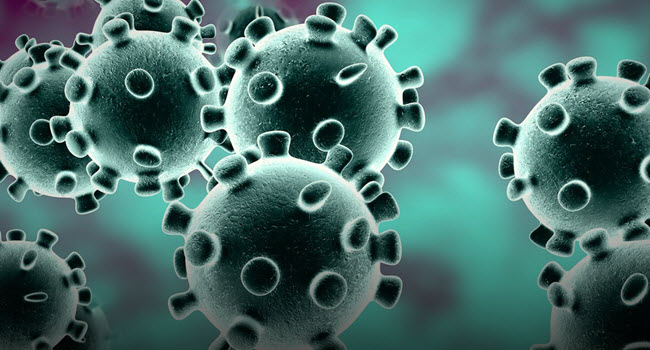[ad_1]
TUESDAY, April 28, 2020 (HealthDay News) — For many COVID-19 patients battling for their lives in the ICU, a runaway immune system response — known as a “cytokine storm” — is their primary foe.
Doctors have few tools to help tame this hyperinflammatory condition, but early research is suggesting that nanotechnology might safely deliver drugs to affected tissues, quieting the storm.
It’s so far only been tested in mice, but researchers in Brazil and France said the approach could be “a new tool in the fight against the complex and multi-factorial phenomenon of uncontrolled inflammation.” They reported their findings online April 27 in the journal Science Advances.
It’s not clear why some young, robust patients experience life-threatening illness from COVID-19, while others have either mild or no symptoms.
But when severe illness does strike, it’s often in the form of an out-of-control immune system response.
Inflammatory processes harm cells at multiple sites throughout the body and, if unchecked, this can lead to organ failure and death, noted a team led by Dr. Patrick Couvreur at the Institute Galien Paris-Sud, in France.
Key to the cytokine storm are connections “between inflammation and oxidative stress, both processes contributing to fuel one another, thereby establishing a vicious cycle,” Couvreur’s group explained.
Right now, there’s no therapy that’s able to interrupt this dangerous “crosstalk,” they said. For example, anti-inflammatory drugs such as corticosteroids have not worked, because of their negative effects on tissue repair.
But the new findings may point the way to a successful treatment.
In their work, Couvreur’s group focused on an extremely tiny “nanoparticle” formulation of adenosine, an anti-inflammatory compound already produced naturally by the body.
It’s a powerful anti-inflammatory compound — maybe too powerful. If simply injected into the body, adenosine can trigger serious side effects, the research team said.
But the new nanotechnology approach appears to get around that, they added.
Couvreur’s team created “multi-drug nanoparticles” by adding adenosine to squalene, a type of fat also found naturally in the body. Then they “encapsulated” both in the powerful antioxidant alpha-tocopherol, a type of vitamin E.















